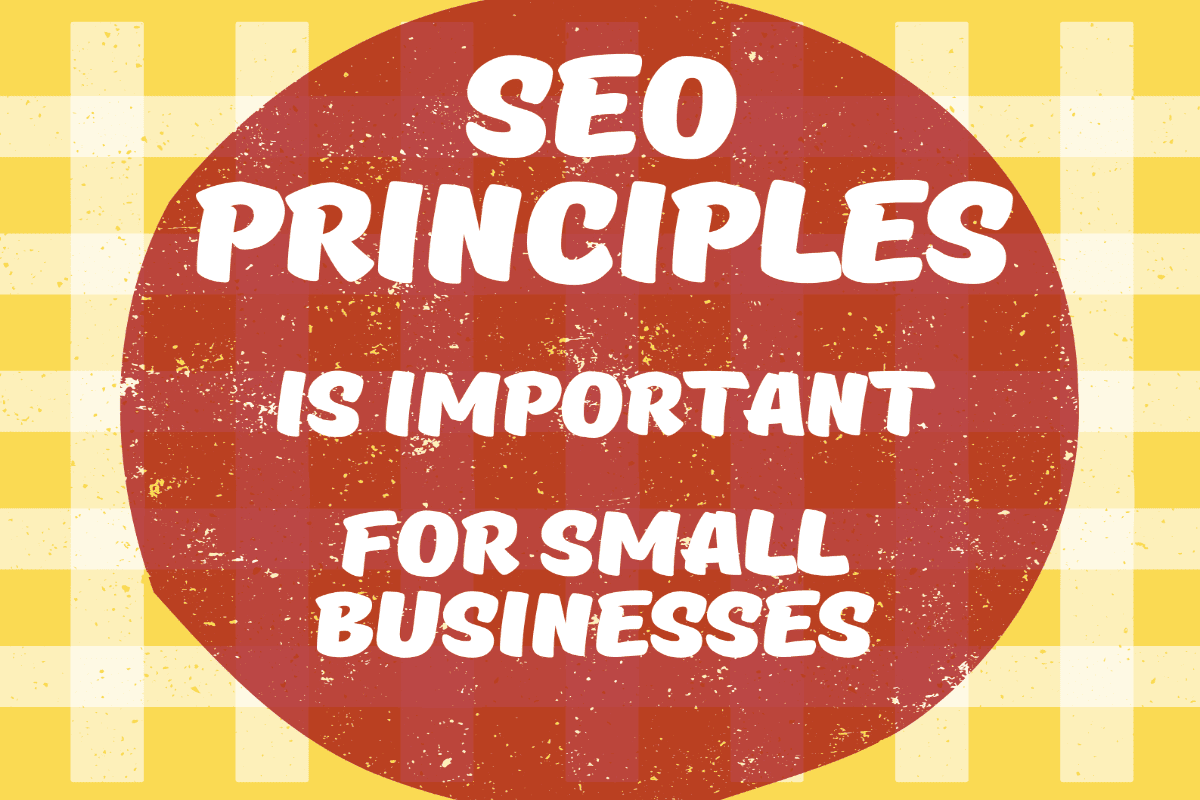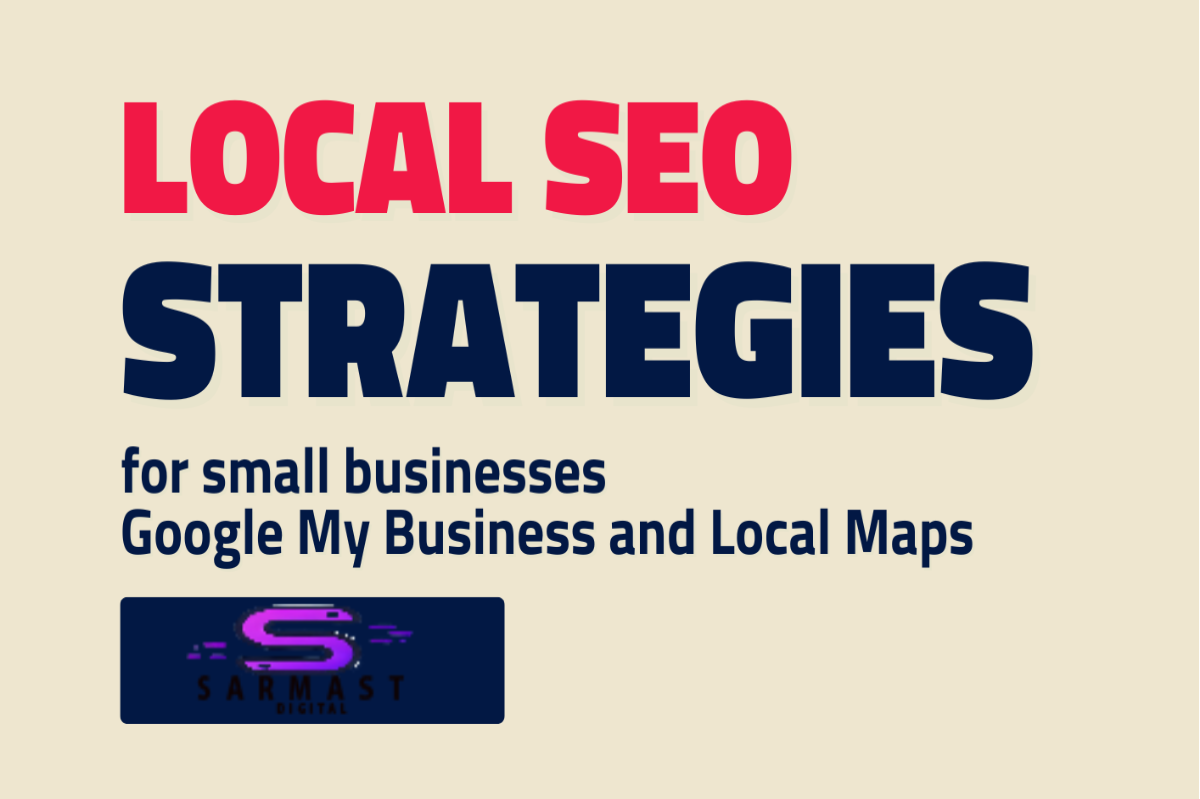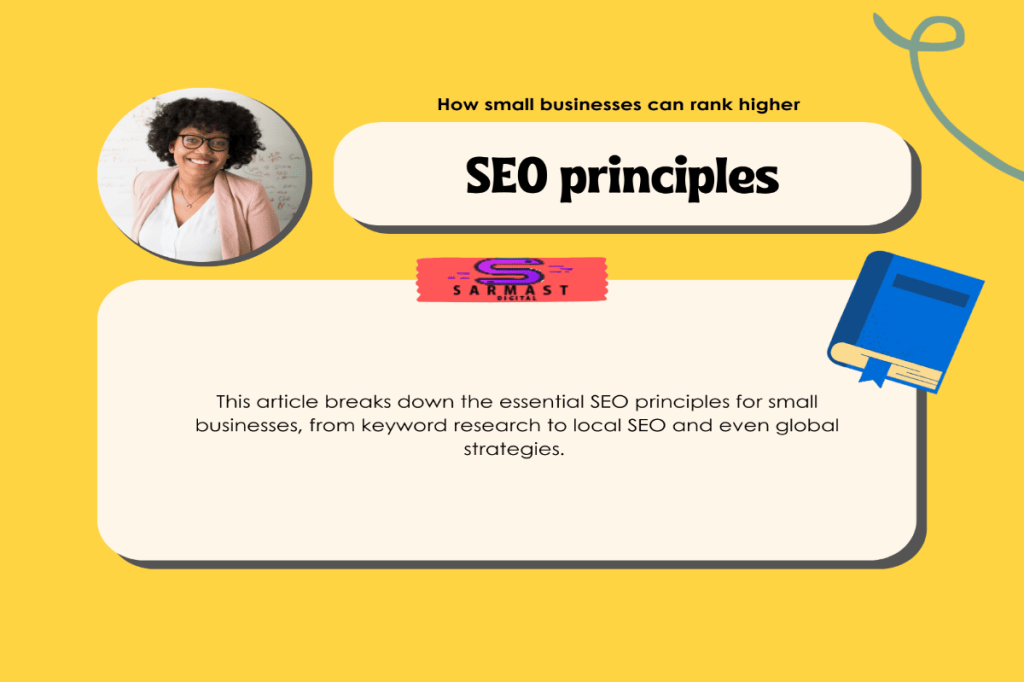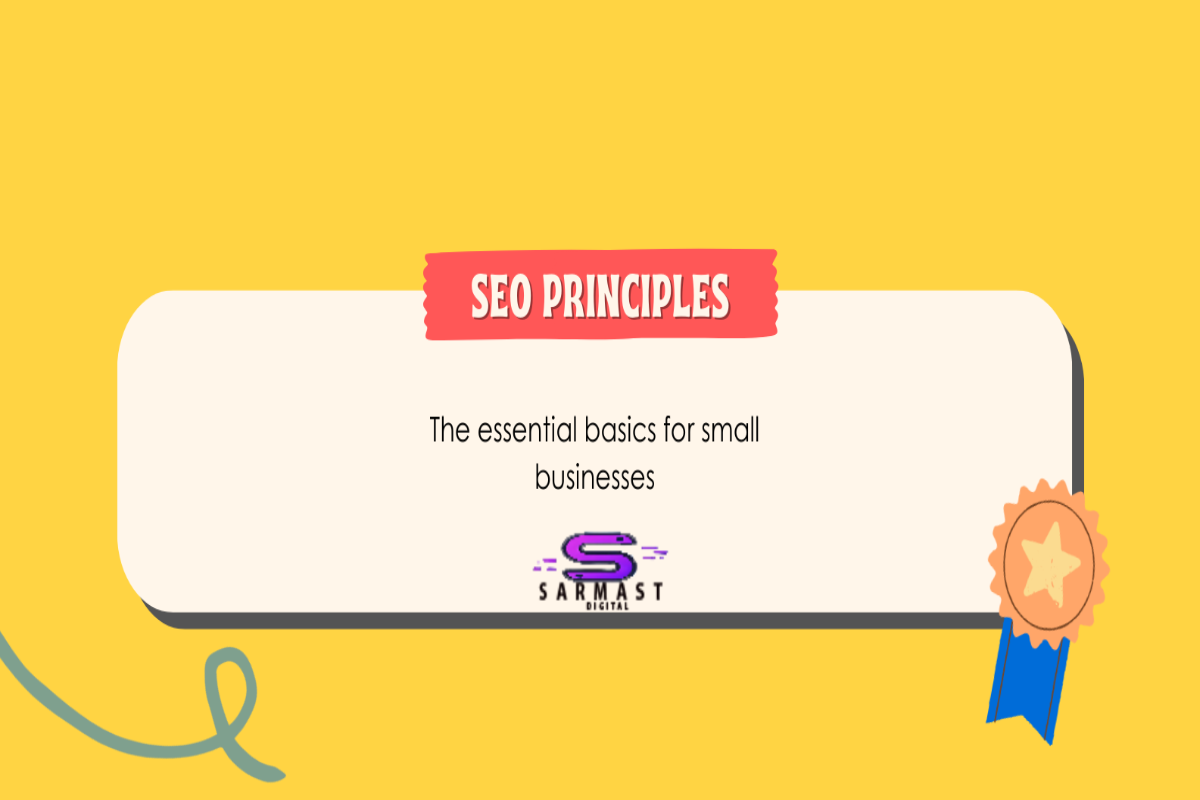Introduction
Running a small business today means competing not only with businesses in your neighborhood, but also with brands around the world. That’s why learning SEO principles is no longer optional- it’s a survival skill. The good news? You don’t need a huge budget to make it work. With the right strategy, even the smallest business can rank higher in search results, attract new customers and build trust online.
This article breaks down the essential SEO principles for small businesses, from keyword research to local SEO and even global strategies. Whether you own a bakery in your town or sell handmade crafts to international customers, these tips will help you grow.
Why understanding SEO principles is important for small businesses
SEO (Search Engine Optimization) is often seen as something for big companies with bigger marketing teams. But in reality, small businesses have a unique advantage: agility.
- Visibility on a budget: You can reach your target audience without expensive ads.
- Brand growth: Appearing at the top of Google builds credibility.
- Customer trust: Users often trust organic results more than paid ads.
For example, imagine a small coffee shop in London. If someone searches “best local coffee shop near me,” SEO helps that business show up on Google Maps and attract walk-in customers.

Core SEO principles and best practices for small businesses
Keyword research: Finding the right terms
Think of keywords as the bridge between what people search for and what you offer. Start with tools like Google Keyword Planner or Ubersuggest. Focus on:
- Long-tail keywords (“organic bakery in New York” instead of just “bakery”)
- Search intent (are they looking to buy, learn, or compare?)
👉 Example: Instead of targeting “shoes”, a small e-commerce shop could use “affordable running shoes for beginners”
On-Page SEO: Optimizing your content
On-page SEO is about making your website easy to understand for both users and search engines.
- Use your main keyword naturally in the title, first paragraph, and subheadings.
- Add alt text to images so Google knows what they’re about.
- Structure your content with short paragraphs, bullet points, and clear headings.
Pro tip: Write for humans first. Google rewards helpful content, not keyword stuffing.
Technical SEO basics: Site speed, mobile, and structure
Search engines love websites that are fast, mobile-friendly, and easy to navigate.
- Site speed: Use tools like Google PageSpeed Insights to check performance.
- Mobile optimization: Most searches now happen on phones. A responsive design is a must.
- Clear structure: Organize your pages with a simple menu and logical URLs.
A slow, confusing website is like a shop with a broken door—customers won’t stay long.
Backlinks and authority: Building trust online
Backlinks are links from other websites pointing to yours. They act like votes of confidence.
How to get them:
- Guest posting on industry blogs
- Getting listed in local directories
- Creating share-worthy content (like guides or infographics)
Remember: quality beats quantity. One link from a trusted site is worth more than ten from spammy ones.

Local SEO strategies for small businesses
Google My Business and Local Maps
For brick-and-mortar shops, Google My Business (GMB) is a game changer. Claim your profile, add photos, update opening hours, and encourage reviews.
Example: A local dentist who updates their GMB profile can appear in the “3-pack” (the top three local results on Google Maps).
Local citations and reviews: Why they matter
Citations are mentions of your business on other websites (like Yelp or local directories). Consistency matters—make sure your name, address, and phone number (NAP) are the same everywhere.
Customer reviews also boost visibility. Politely ask satisfied clients to leave feedback. Even a few strong reviews can make you stand out against competitors.

Global SEO considerations
Creating content for an international audience
If you sell products worldwide, your content should reflect that. Avoid region-specific jargon, use simple English, and provide pricing in multiple currencies if possible.
Technical setup for multilingual SEO
For businesses targeting multiple languages, set up hreflang tags. This tells Google which version of your content is for which audience (e.g., Spanish vs. English). Tools like Weglot or WPML help WordPress sites manage translations easily.

Common SEO mistakes to avoid
Before applying these principles, make sure you analyze your website correctly
Ignoring mobile optimization
A website that looks great on desktop but terrible on a phone is a deal-breaker. Always test your site on multiple devices.
Overstuffing keywords
Using the keyword 20 times in one article won’t help. Google sees it as spam. Focus on natural, clear writing.
Skipping analytics and tracking
If you’re not measuring, you’re guessing. Free tools like Google Analytics and Google Search Console show what’s working and what’s not.

Tools and Resources for Small Business SEO
Free Tools
- Google Search Console: Track indexing and performance
- Google Analytics: Measure traffic and user behavior
- Ubersuggest / AnswerThePublic: Keyword ideas
Paid Tools
- SEMrush / Ahrefs: Competitor analysis and backlink tracking
- Yoast SEO (WordPress): Easy on-page optimization
- Moz Pro: Rank tracking and site audits
How to use them: Start small with free tools, then invest in paid ones once you see results.
Conclusion: Implementing SEO principles for success
Mastering SEO principles doesn’t require a massive budget—it requires consistency. From keyword research to local SEO, every step adds up. Small businesses that embrace SEO not only rank higher but also earn long-term trust from customers.
👉 For more tips, check out our detailed guide: SEO for Small Businesses: How to Rank Locally and Globally
FAQ: SEO principles: The essential basics for small businesses
How long does it take for SEO to work for small businesses?
Most small businesses see noticeable results in 3–6 months, depending on competition and effort.
Is SEO better than paid ads for small businesses?
SEO is a long-term investment, while ads bring quick results. A mix of both often works best.
Can I do SEO myself, or do I need an agency?
You can start on your own with free tools and guides. For advanced strategies, consider professional help.
📱 See It in Action
Watch our short Instagram reel to see how these strategies come to life 👇
big goals, small steps 💫

